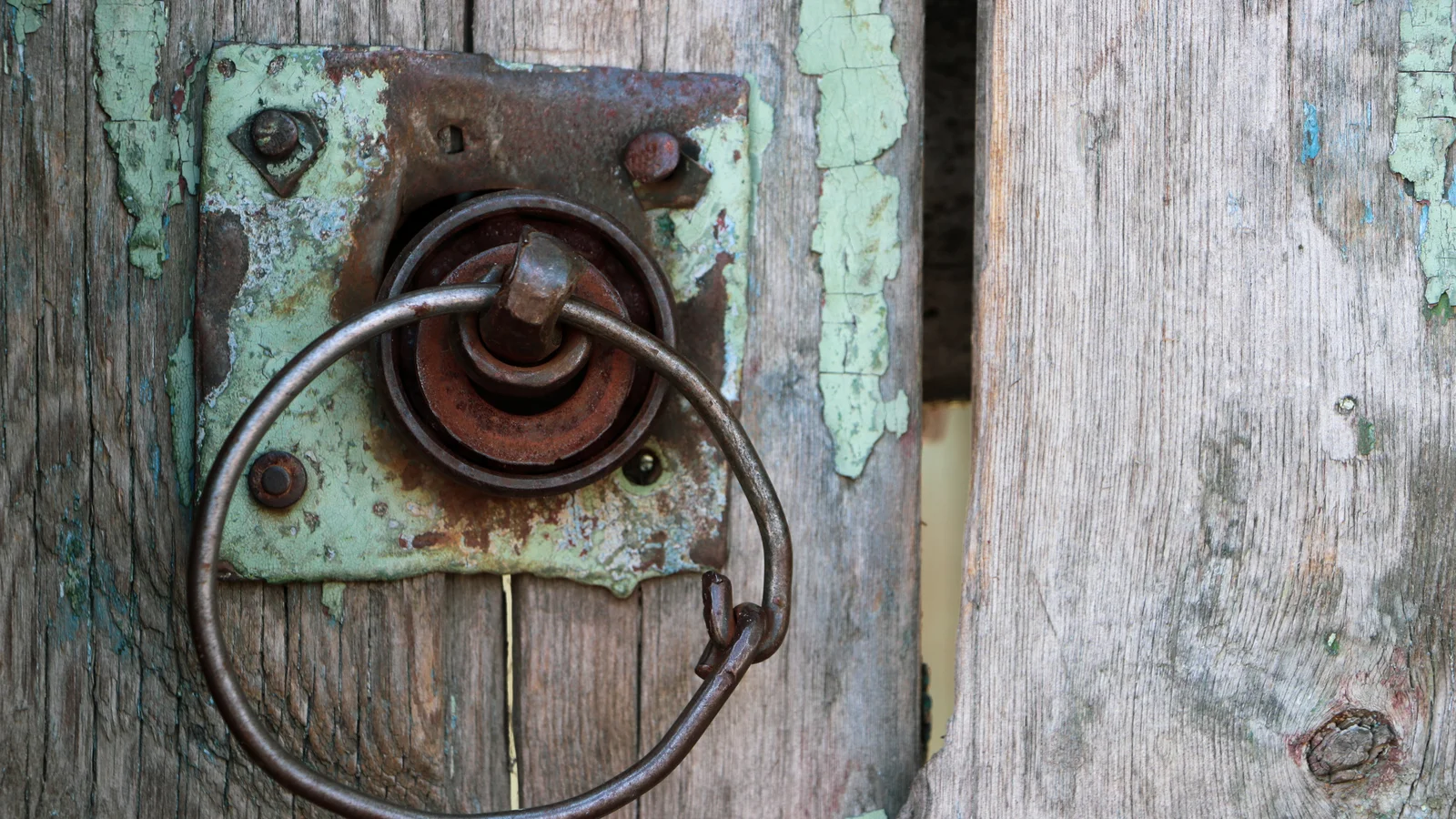Addiction is not the primary problem. It does not spring from nothing. This is perhaps the most important — and most difficult — insight to make. Parents resist it. Communities deny it. And the addicted — for whom using serves the express purpose of hiding what’s beneath — cannot open themselves to it. Addiction grows, ever so slowly, easing its way into a life of struggle, offering respite and false clarity, disguising the door that leads inward and outward to healing.
Addiction is what we do instead of facing ourselves. We slide away. We refuse to grapple with mental illness, trauma, and the tangled knot of family legacies. We run, terrified, from the necessary confrontation with our memories of abuse, our marks of violence, our histories of striving and falling. We deny that we have been hurt, that we are vulnerable. We pretend.
And addiction, of course, creates its own tumbled and chaotic momentum of further trauma, abuse, fracturing, disconnection. Layers upon layers, spinning ever deeper into the darkness. No single stroke can crack open and heal this knot of damage and duress. The layers must be peeled back, each one held and explored — safely, carefully, with help from mentors and guides.
The process is complex, expresses itself uniquely in each person. It weaves and folds and yields. Often it switchbacks upon itself, meandering and splitting, then coalescing again. The regolith lies upon the bedrock. The path of healing is to clear the ground.
Homecoming — to ourselves, to the imperatives of our growth and healing — begins with facing the problem behind the problem. And, of course, there are no definitive steps in this journey, no prescriptive actions that will guarantee success. All of human development is mercurial, mysterious, uncertain. Sure, many recovered clients talk about support groups, community connections, bodymind practices, relapse prevention strategies. Then again, some are successful without these. It’s not, finally, about the substances or behaviors. Something deeper is going on. Finding and mapping that depth is the only way through. Many of my clients speak of this process as a journey toward the soul — it’s there, under that spreading sky, waiting for us to find our way to it. Maybe that’s all addiction is: a crying out for the soul. Often it seems that way.
When I listen deeply to myself, when I let go of the pretensions of my various roles in the addictions community, I find that an old and persistent part of me is still trying to understand. That boy within me, who loved his mother and lost her to addiction, has not let go of his bewilderment. And the man, who has become a professional, an expert, who is supposed to have figured it all out — that man has grown accustomed to the surprises, the unpredictability, the quantum mechanics of addiction. No equation solves it. And yet we strive, and grow, and heal.
